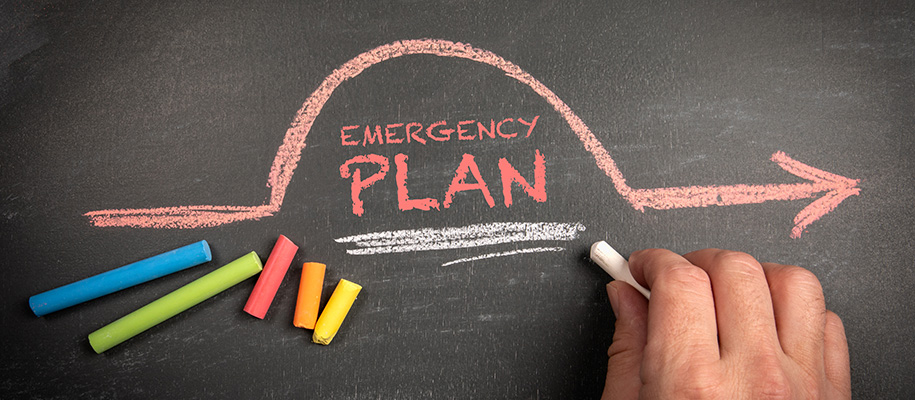There’s never an ideal time to put safety plans into action for your family, but safety is crucial at all times, so now is as good a time as ever. Safety includes having a plan of action (POA) in the case of a house fire or natural disaster, sure…but have you prioritized talking to your kids about active shooters? When speaking with students about threats to their safety, it’s important to let them know that these are rare and low-probability events, but it’s essential to be prepared if they ever find themselves in that kind of scary situation at school or elsewhere. Here are some of the most important points to hit to effectively educate your students on active shooting situations.
1. If possible, get away
The most critical thing for your teen to know is that moving away from a crisis is the best thing to do. Don’t remain in a public building if there are exits nearby and they can safely get out. Tell them to get away from the potential threat and keep moving. It's also smart to stick with a buddy if possible—the accountability of someone else can provide an extra level of security.
2. If you can’t get out of the building, find a secure place
Hiding under a table or lying down in the open isn’t a good strategy. Make sure they know how to look for a room or enclosed space to secure themselves from the shooter. They should keep away from windows and doorways to stay out of sight from anyone meaning to do them harm, and ensure the doors are locked.
Related: 6 Ways to Stay Safe on Your Way to Night Classes
3. In a mass casualty event, the police are there to engage the shooter
While police are often seen as a beacon of rescue in a crisis, they are not there to individually assist students. Their primary directive is to engage with and de-escalate the shooter. In other words, your student shouldn’t follow the police. Tell them to look for another trusted individual who can help.
4. Stay off your phone until you’re safe
In school shootings, we’ve seen and heard stories about students getting on their phones to call or text their parents. When an adult or teacher is trying to give safety instructions, students should be focusing all their attention on them. Encourage your teen to stay off their phone until they are 100% physically safe. Parents also shouldn’t attempt to contact their children if they hear about the situation, as the phone might ring loudly during the crisis. As hard as it is, wait until your student can safely contact you.
5. Report all jokes, comments, or threats about harming others to an adult
Too often shooters or individuals contemplating suicide inform others of their intentions prior to committing an atrocity, but the threats aren’t taken seriously. As a result, students should be aware and always report statements implying violence to an adult who will take them seriously. If they heard something, they should say something.
6. Look out for emergency exits in any location before a crisis occurs
Whether it’s a school, church, movie theater, or other public venue, reiterate the importance of knowing how to seek out their exit options in the event of an emergency. Also, remind them of ways to remain calm in a crisis, so they can keep a more level head during dangerous situations where they have to think quickly and intentionally.
Related: An Important Guide to Student Safety and Support on Campus
No parent wants to think about their child, or anyone they love for that matter, finding themselves in an active shooter situation. The unfortunate reality is they happen, so the best you can do is ensure your student is prepared for it. Teach them to be how to be practical and safe to give both them and you an extra level of security as they go out into the world on their own.
Have more safety tips and advice for our student readers? Share them with us via our feedback form!








